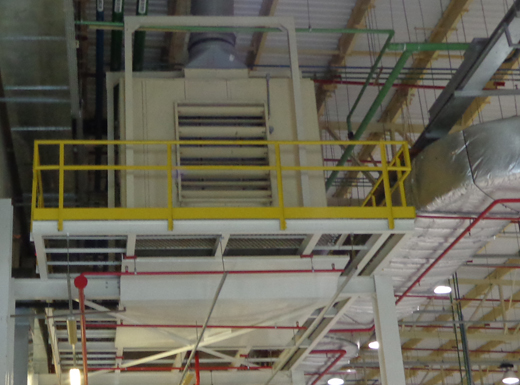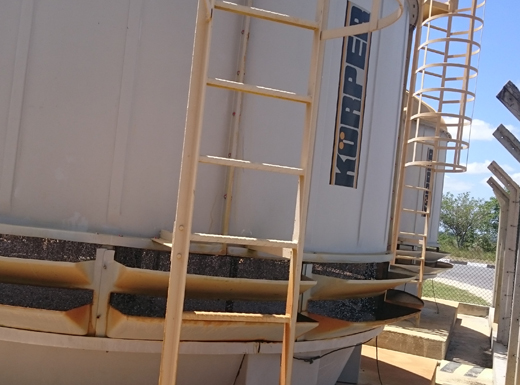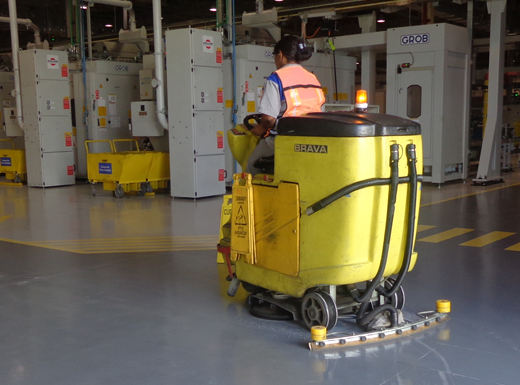Regional Review > South America >
Operations
Zero Waste to Landfill Facilities
Our plants in South America have delivered ambitious plans to reduce the amount of material they send to landfill and with two exceptions are now zero waste to landfill (ZWTL) facilities. The exceptions are in areas where the local infrastructure for certain types of waste is not yet fully developed.
These efforts in South America have diverted 800 tons of waste per year from landfills – equivalent to the volume of waste generated by 550 four-person households over a year.
Brazil
Our plant in São Bernardo celebrated ZWTL status in July 2016, after a campaign involving the whole workforce. The measures now in place include effective waste segregation, recycling, co-processing and incineration.
Other Brazilian plants with ZWTL status are our Taubaté transmission and engine plant near São Paulo, and our Camaçari assembly plant in Bahia state.
Argentina
Having achieved ZWTL status in January 2017, our Pacheco plant no longer sends any waste to landfill. Each type of waste needed a specific, environmentally correct disposal plan, sometimes in partnership with waste management companies who take certain items such as vehicle batteries for special treatment. Other waste streams like paper and plastic bottles are supplied to nonprofit community organizations who generate funds for social projects from recycling materials.
Conserving Water in Brazil
From 2000 (when Ford launched its global water strategy) to 2016, we reduced our companywide water usage by 61 percent. We’re continuing to invest in the best available technology and practices to conserve water, and in our manufacturing plants in Brazil we aim to only use recycled water to make our vehicles.
Our Camaçari engine plant in Brazil bettered its water-saving goal in 2016 and is setting the pace among Ford’s global facilities with a water consumption figure of 0.057 m3 of water per engine. Over five years, the plant has reduced consumption by 38 percent through a range of water-saving measures. For example, even the condensation water from air-conditioning units is collected and reused. Initiatives to drive further efficiencies at Camaçari include a plan to reuse water for compressed air systems and bathrooms, which is expected to produce a saving equivalent to the water used by 372 four-person households over a year.





